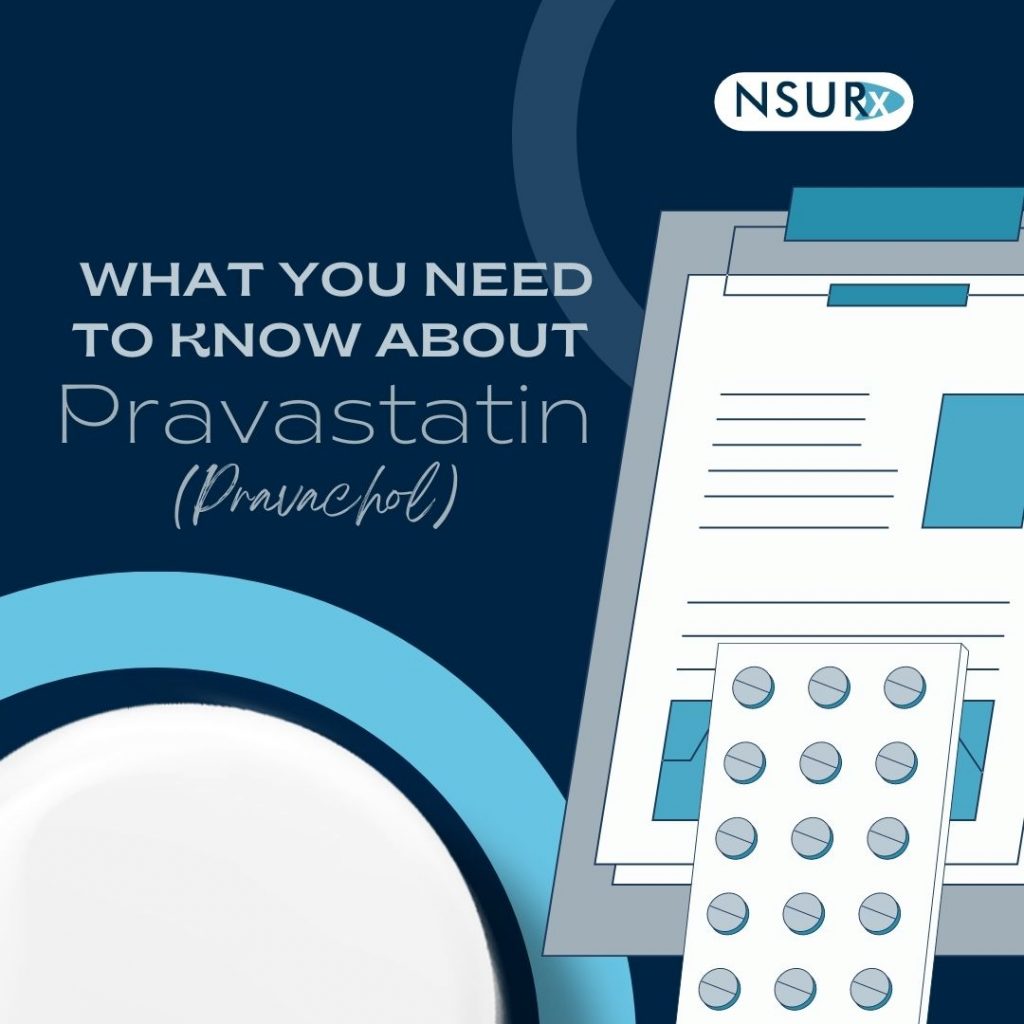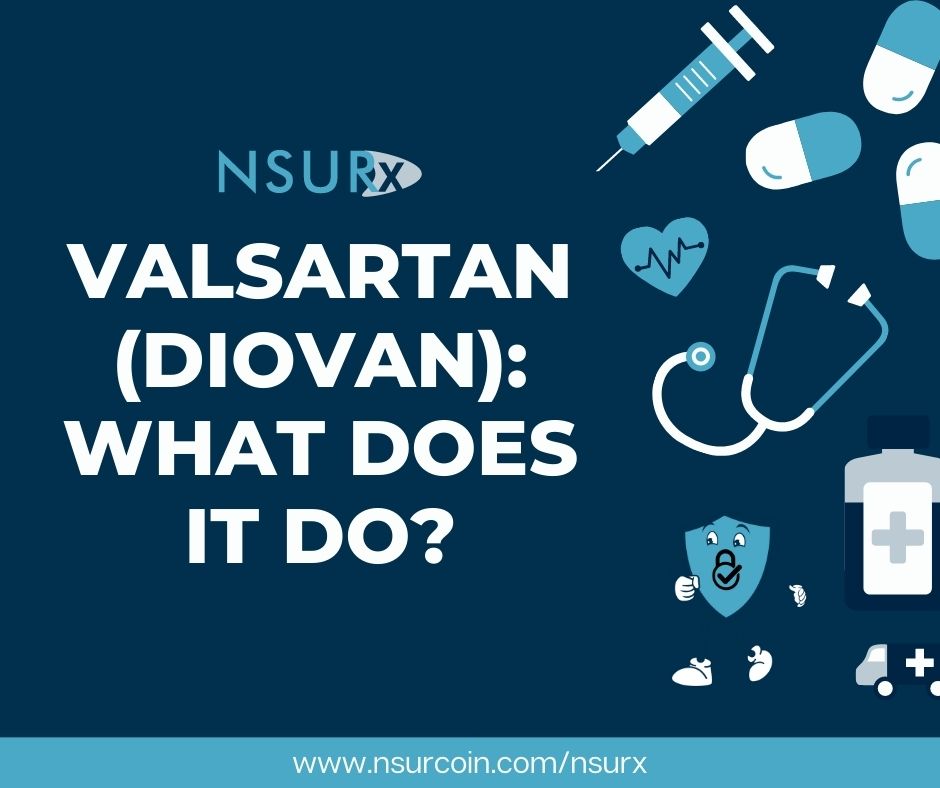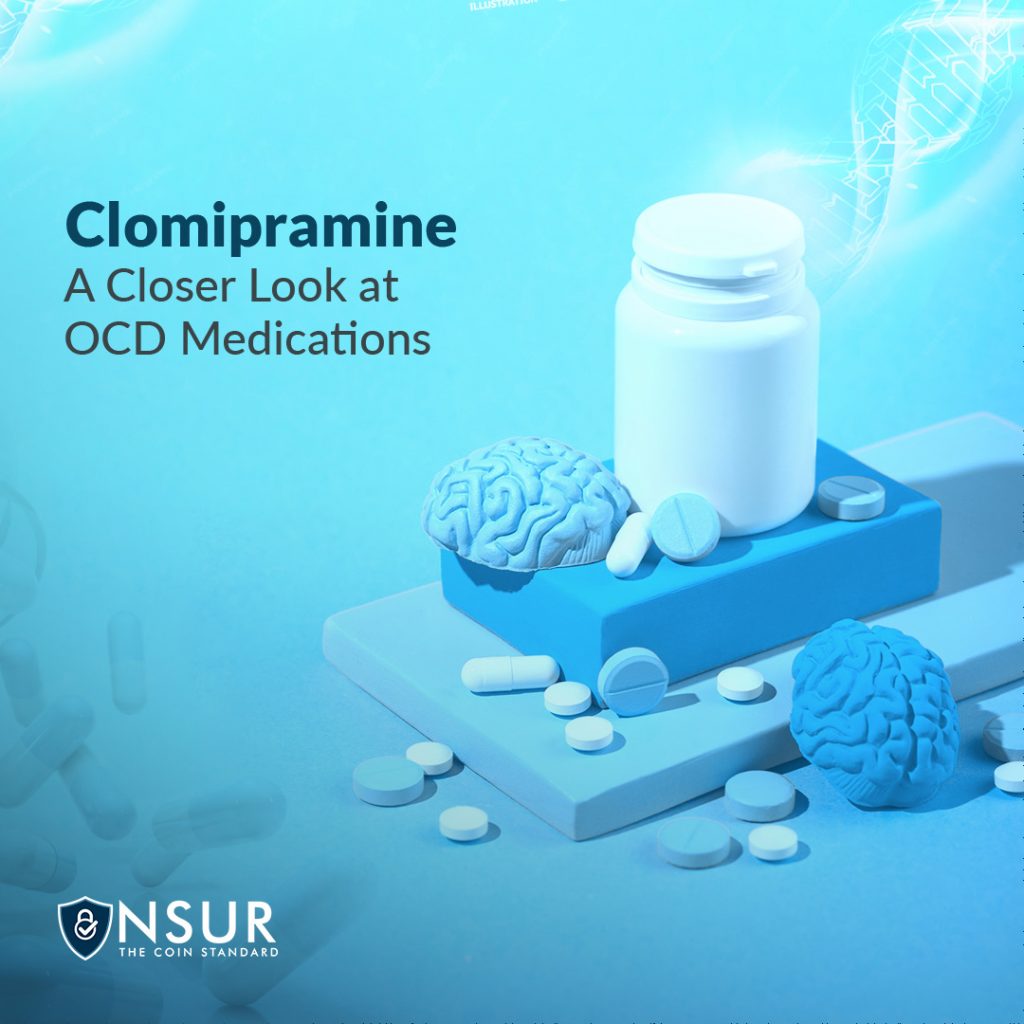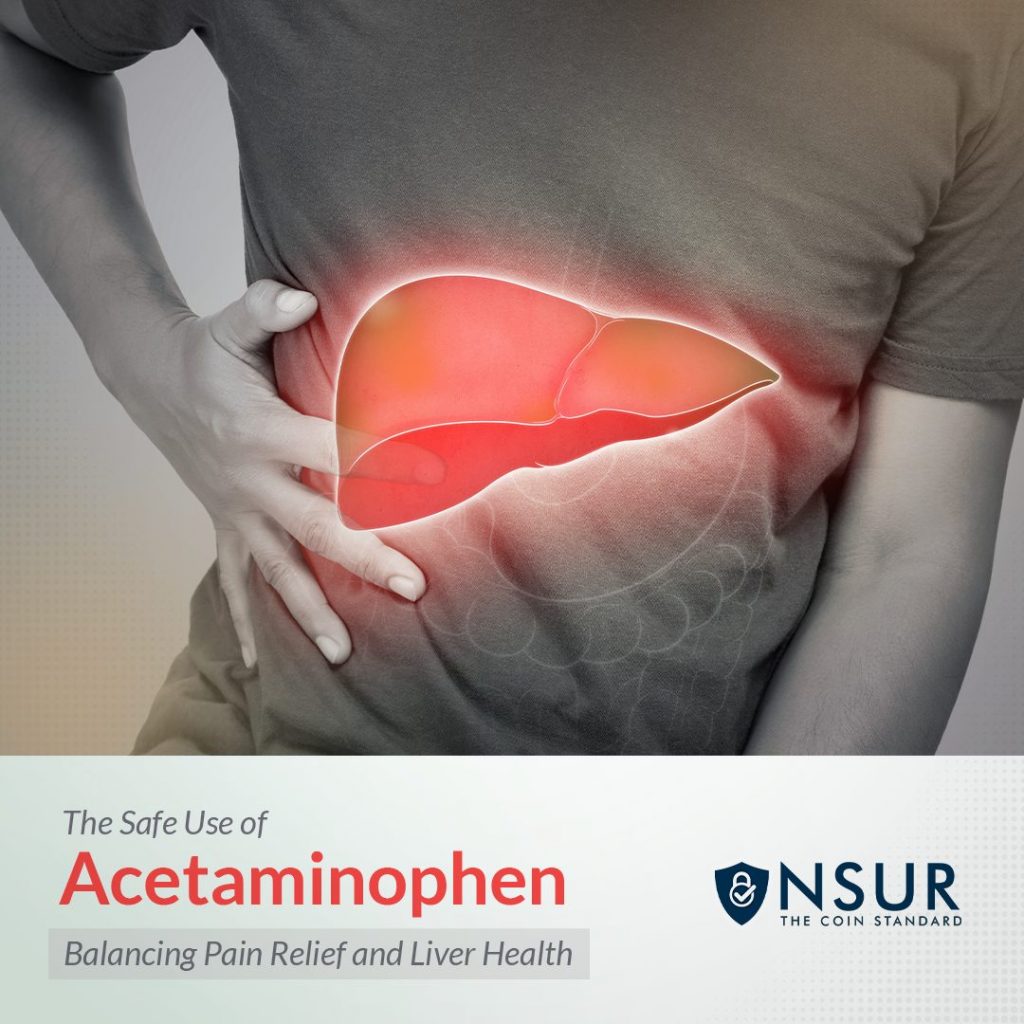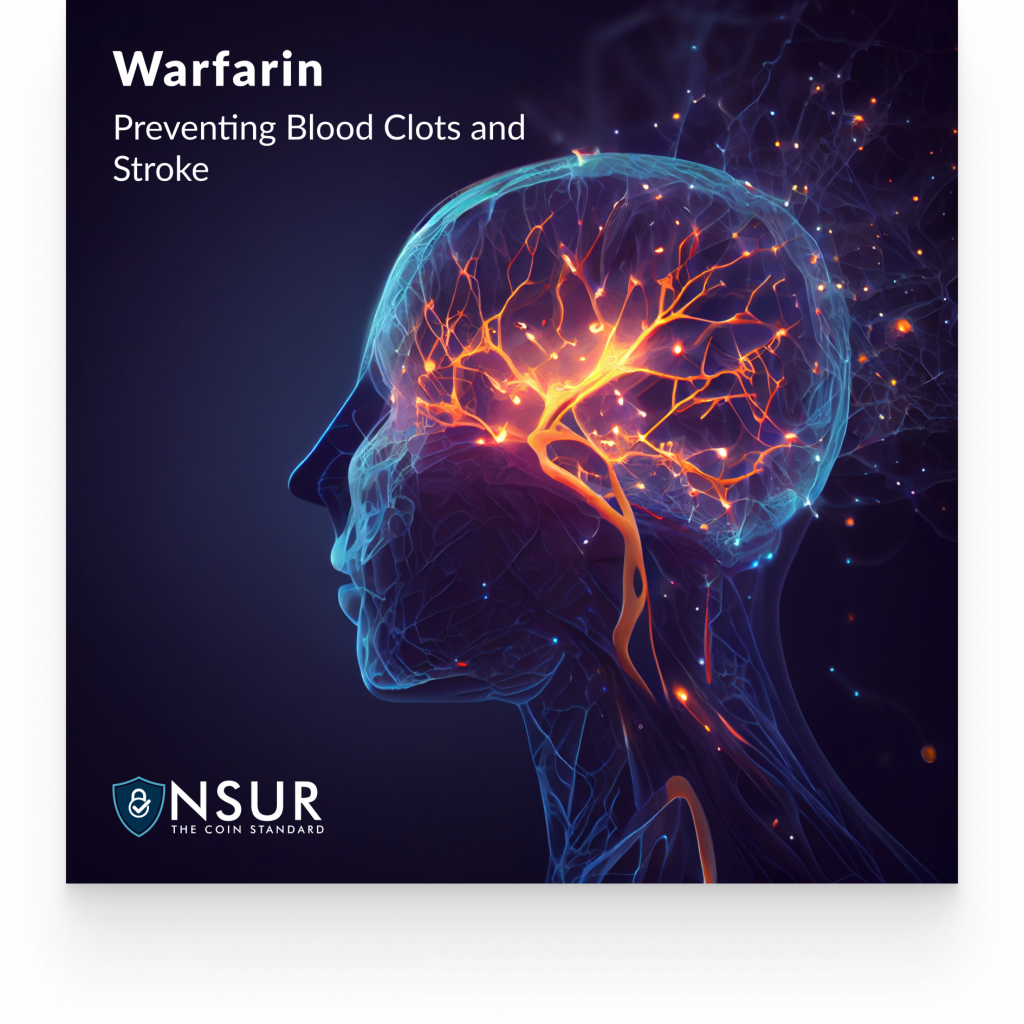
Blood clots might seem small, but their impact can be enormous. In the quest to prevent the dire consequences of clot formation, such as stroke and pulmonary embolism, one medication has stood the test of time: Warfarin. This article delves into how Warfarin works, its importance in preventing strokes and blood clots, and key considerations for those taking it.
Understanding Warfarin
Warfarin, also known by its brand names Coumadin and Jantoven, is an anticoagulant, which means it helps prevent blood clots from forming. It’s been a staple in medicine since the 1950s, primarily used in conditions where there’s an increased risk of blood clot formation, such as atrial fibrillation, deep vein thrombosis (DVT), and for those with mechanical heart valves.
How Does Warfarin Work?
Warfarin interferes with the body’s natural clotting mechanism. It does this by inhibiting the action of Vitamin K, which is essential for producing several factors necessary for blood clotting. By reducing these clotting factors, Warfarin ensures the blood remains sufficiently thin to prevent dangerous clots.
The Importance in Stroke Prevention
Stroke prevention is one of the key roles of Warfarin. In conditions like atrial fibrillation, the heart doesn’t beat effectively, leading to blood pooling and clot formation. If a clot travels to the brain, it can block blood flow, causing a stroke. Warfarin’s ability to prevent clot formation significantly reduces this risk.
Managing Risks and Ensuring Safety
Regular Monitoring
Warfarin therapy requires careful monitoring. The effectiveness and safety of Warfarin are measured by the International Normalized Ratio (INR), a test that determines how quickly your blood clots. Maintaining the INR within a specific range is crucial to avoid the risks of both clotting and excessive bleeding.
Diet and Lifestyle
Diet plays a significant role in Warfarin management. Foods high in Vitamin K, like green leafy vegetables, can affect Warfarin’s effectiveness. It doesn’t mean you should avoid these foods but maintain a consistent intake. Sudden increases or decreases in Vitamin K consumption can lead to INR fluctuations.
Additionally, certain medications, supplements, and even alcohol can interact with Warfarin. It’s essential to discuss any new medications or supplements with your healthcare provider.
Recognizing Signs of Complications
While on Warfarin, be vigilant for signs of bleeding, such as unusual bruising, prolonged bleeding from cuts, unusual headaches, dizziness, or weakness. In the event of severe bleeding or signs of a blood clot (like pain and swelling in a limb), seek immediate medical attention.
The Balance of Benefits and Risks
Warfarin therapy is a balance. It significantly reduces the risk of serious blood clots and stroke but also carries a risk of bleeding. The decision to start Warfarin should involve a thorough discussion with your healthcare provider, weighing the benefits against the risks based on your individual health status and lifestyle.
Living with Warfarin
Living with Warfarin requires a commitment to regular blood testing, consistent diet and lifestyle choices, and open communication with your healthcare team. With proper management, individuals on Warfarin can lead full and active lives without significant restrictions.
Take advantage of NSURx for your prescription drugs!
With the NSURx Prescription Benefit Card, you can save money on your medications at more than 35,000 pharmacies across the United States.
You can save up to 80% on your medication by using an NSURx card. Hundreds of dollars in savings could be yours every time you fill out your prescription.
The more you shop with NSURx, the more NSUR Coins you will receive as a reward.
In Conclusion
Warfarin remains a cornerstone in the prevention of blood clots and stroke, despite the advent of newer anticoagulants. Its effectiveness, when managed properly, provides a protective shield against potentially life-threatening blood clots. As with any medication, understanding Warfarin, its management, and its impact on lifestyle is key to harnessing its benefits while minimizing risks.
Disclaimer
This blog post is intended for informational purposes only and should not be considered a substitute for professional medical advice. Always consult with a qualified healthcare provider for personalized recommendations and guidance.


